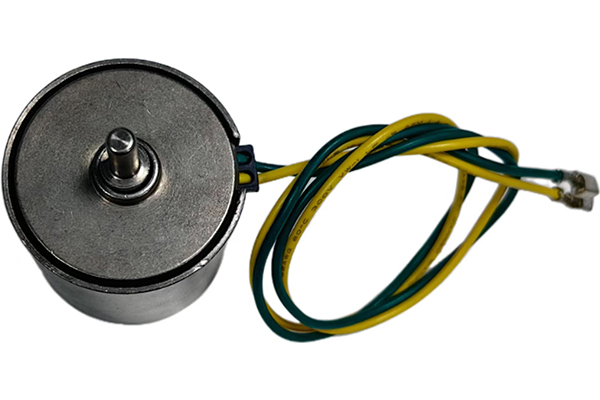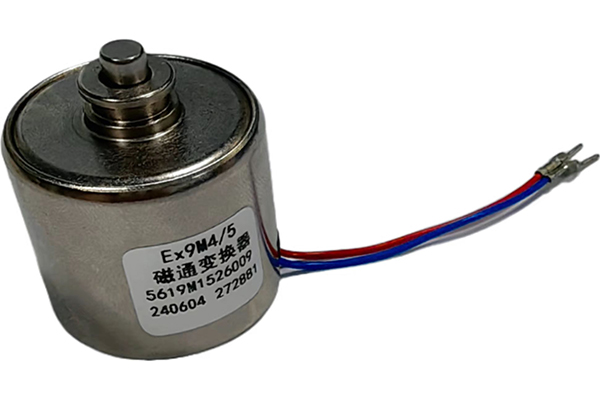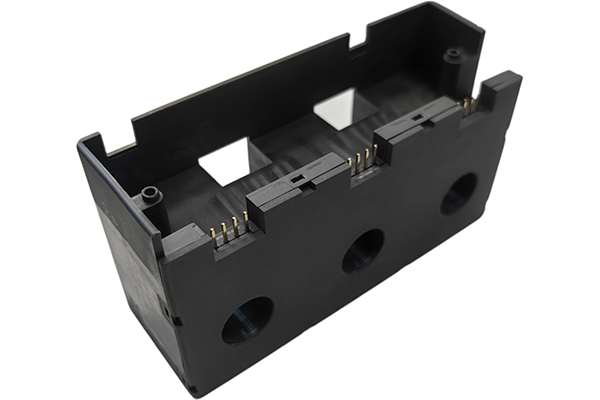What are the significant advantages of toroidal transformers in improving energy efficiency compared to traditional transformers?
Release Time : 2025-02-10
In the power supply system of power and electronic equipment, transformers play a vital role. Among the many types of transformers, toroidal transformers have shown significant advantages in improving energy efficiency with their unique structure and design.
As the name suggests, the core of a toroidal transformer is in the form of a ring or a stack of rings. This design is not only beautiful, but more importantly, it greatly improves the energy efficiency of the transformer. Compared with the traditional EI type transformer, the core of the toroidal transformer is wound by uninterrupted continuous oriented silicon steel strip, and after annealing, a highly consistent flux guide is formed. This structure enables the toroidal transformer to have a higher flux density and lower magnetic resistance during the power conversion process, thereby reducing unnecessary energy losses.
In practical applications, the electrical efficiency of the toroidal transformer can reach more than 95%, which is much higher than the average level of traditional transformers. This means that under the same input power, the toroidal transformer can output more useful power while generating less loss. This not only improves the energy efficiency of the equipment, but also helps to reduce the overall energy consumption of the system, which is in line with the current social trend of energy conservation, emission reduction and green environmental protection.
In addition, the winding of the toroidal transformer is tightly covered with the ring core for winding. This tight winding structure further reduces the leakage magnetic phenomenon and improves the utilization efficiency of magnetic energy. At the same time, the toroidal transformer also has good thermal stability and mechanical strength, and can maintain stable performance in harsh environments such as high temperature, high humidity and vibration, providing continuous and reliable power support for electronic equipment.
It is worth mentioning that the design of the toroidal transformer also takes into account the problems of electromagnetic interference (EMI) and electromagnetic compatibility (EMC). By optimizing the structure of the core and winding, the toroidal transformer can effectively reduce the impact of external electromagnetic fields on the equipment, and also prevent the electromagnetic field generated by the equipment itself from interfering with other equipment. This is of great significance to improving the stability and reliability of the entire electronic system.
In summary, the toroidal transformer has significant advantages in improving energy efficiency. Its unique ring core design, tight winding structure and good electromagnetic compatibility make the toroidal transformer play an increasingly important role in the power supply system of power and electronic equipment. With the continuous development of science and technology, toroidal transformers will continue to be optimized and upgraded to provide efficient and stable power support for more electronic devices.
As the name suggests, the core of a toroidal transformer is in the form of a ring or a stack of rings. This design is not only beautiful, but more importantly, it greatly improves the energy efficiency of the transformer. Compared with the traditional EI type transformer, the core of the toroidal transformer is wound by uninterrupted continuous oriented silicon steel strip, and after annealing, a highly consistent flux guide is formed. This structure enables the toroidal transformer to have a higher flux density and lower magnetic resistance during the power conversion process, thereby reducing unnecessary energy losses.
In practical applications, the electrical efficiency of the toroidal transformer can reach more than 95%, which is much higher than the average level of traditional transformers. This means that under the same input power, the toroidal transformer can output more useful power while generating less loss. This not only improves the energy efficiency of the equipment, but also helps to reduce the overall energy consumption of the system, which is in line with the current social trend of energy conservation, emission reduction and green environmental protection.
In addition, the winding of the toroidal transformer is tightly covered with the ring core for winding. This tight winding structure further reduces the leakage magnetic phenomenon and improves the utilization efficiency of magnetic energy. At the same time, the toroidal transformer also has good thermal stability and mechanical strength, and can maintain stable performance in harsh environments such as high temperature, high humidity and vibration, providing continuous and reliable power support for electronic equipment.
It is worth mentioning that the design of the toroidal transformer also takes into account the problems of electromagnetic interference (EMI) and electromagnetic compatibility (EMC). By optimizing the structure of the core and winding, the toroidal transformer can effectively reduce the impact of external electromagnetic fields on the equipment, and also prevent the electromagnetic field generated by the equipment itself from interfering with other equipment. This is of great significance to improving the stability and reliability of the entire electronic system.
In summary, the toroidal transformer has significant advantages in improving energy efficiency. Its unique ring core design, tight winding structure and good electromagnetic compatibility make the toroidal transformer play an increasingly important role in the power supply system of power and electronic equipment. With the continuous development of science and technology, toroidal transformers will continue to be optimized and upgraded to provide efficient and stable power support for more electronic devices.







